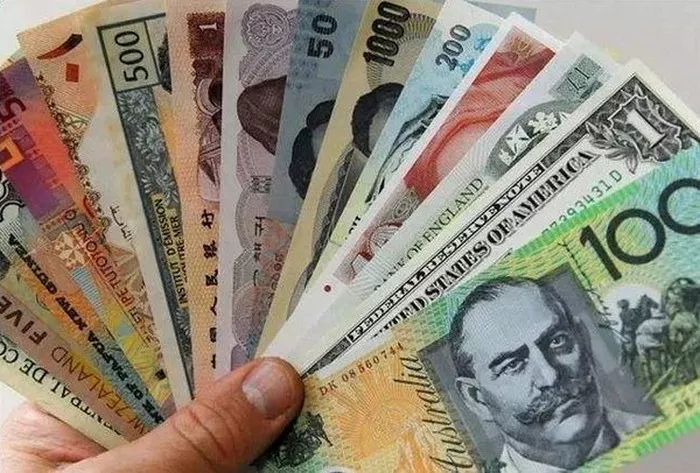In the digital age, where electronic transactions and contactless payments have become increasingly prevalent, the question arises: Is cash still widely used in Australia? As technology continues to shape the way we conduct financial transactions, examining the current state of cash usage in Australia provides valuable insights into the evolving landscape of currency preferences.
The Shift Towards Digital Payments
Over the past decade, Australia has witnessed a significant shift in consumer behavior regarding payment methods. The convenience and efficiency of digital payment options, such as credit and debit cards, mobile wallets, and online banking, have contributed to a decline in the reliance on physical cash. This transformation has been fueled by advancements in technology, the widespread availability of smartphones, and the proliferation of contactless payment infrastructure.
Contactless Payments Dominate
One of the key factors driving the reduction in cash usage is the widespread adoption of contactless payments. Contactless technology, which allows users to make secure transactions by simply tapping their cards or mobile devices on point-of-sale terminals, has gained immense popularity in Australia. The convenience and speed of these transactions have not only streamlined the payment process but also contributed to a decline in the use of traditional cash.
According to recent data from the Reserve Bank of Australia (RBA), contactless payments have experienced exponential growth, with a significant increase in the number of transactions conducted through this method. Retailers, public transportation systems, and various service providers have embraced contactless payment options, making it a seamless and preferred choice for many Australians.
Digital Wallets and Mobile Banking
The rise of digital wallets and mobile banking applications has further accelerated the move away from physical cash. Australians are increasingly embracing the convenience of storing their payment credentials digitally and making transactions using their smartphones. Major financial institutions and tech companies offer user-friendly mobile apps that allow users to manage their finances, pay bills, and make purchases without the need for physical currency.
The COVID-19 Pandemic Accelerates Change
The global COVID-19 pandemic has acted as a catalyst for the acceleration of cashless transactions. Concerns about the transmission of the virus through physical currency prompted a surge in contactless and digital payments. Many businesses implemented no-cash policies or encouraged customers to use alternative payment methods to minimize physical contact.
This shift in consumer behavior during the pandemic has had a lasting impact, with many individuals and businesses recognizing the benefits of digital transactions beyond health considerations. As a result, the use of cash has continued to decline, and digital payment methods have become ingrained in the daily lives of Australians.
Challenges and Concerns
While the move towards a cashless society offers numerous benefits, including efficiency, security, and convenience, it also raises certain challenges and concerns. One of the primary concerns is the potential exclusion of individuals who may not have access to digital payment methods or prefer to use cash for various reasons. This includes older adults, those in rural or remote areas with limited digital infrastructure, and individuals with limited access to banking services.
To address these concerns, policymakers and financial institutions must ensure that adequate measures are in place to support those who still rely on cash. This may involve maintaining access to physical currency, promoting financial literacy to enhance digital adoption, and implementing inclusive policies that cater to diverse needs.
The Future of Cash in Australia
While the use of physical cash has declined, it is unlikely to disappear entirely in the near future. Cash continues to play a role in certain transactions and is often viewed as a reliable backup option. Additionally, some individuals prefer the tangible nature of cash and the sense of control it provides over personal finances.
The future of cash in Australia is likely to involve a balance between digital and physical forms of currency. The coexistence of cash and digital payments can provide flexibility and cater to the diverse preferences of the population. Policymakers, financial institutions, and businesses must collaborate to create a framework that ensures a smooth transition towards a digital economy while addressing the needs of those who still rely on cash.
Conclusion
In conclusion, the landscape of currency in Australia is undergoing a profound transformation, with digital payments taking center stage. The widespread adoption of contactless payments, digital wallets, and mobile banking reflects the changing preferences of consumers. However, the coexistence of cash and digital currency is essential to accommodate the diverse needs of the population.
As technology continues to evolve, it is crucial for stakeholders to strike a balance between the benefits of digital transactions and the necessity of maintaining access to physical currency. By addressing concerns, promoting financial inclusivity, and embracing technological advancements responsibly, Australia can navigate the transition towards a more digital economy while ensuring that no one is left behind in the process.


